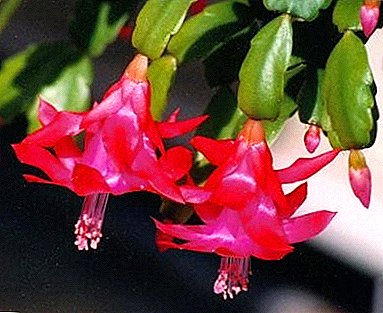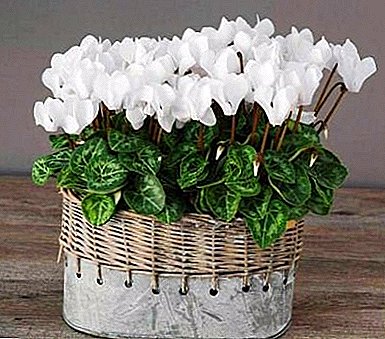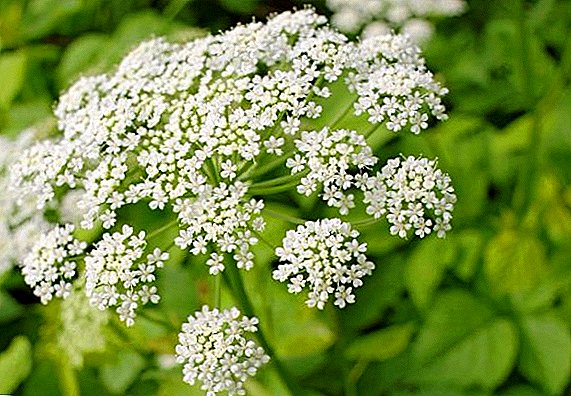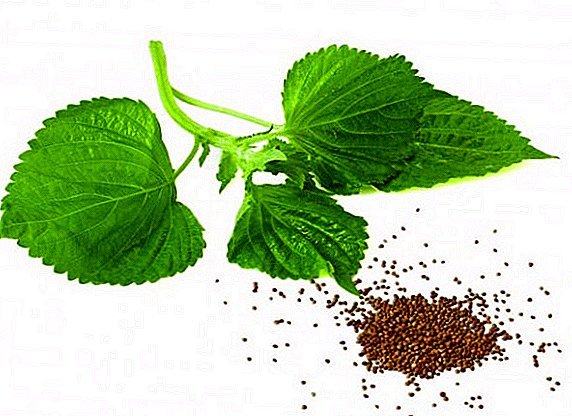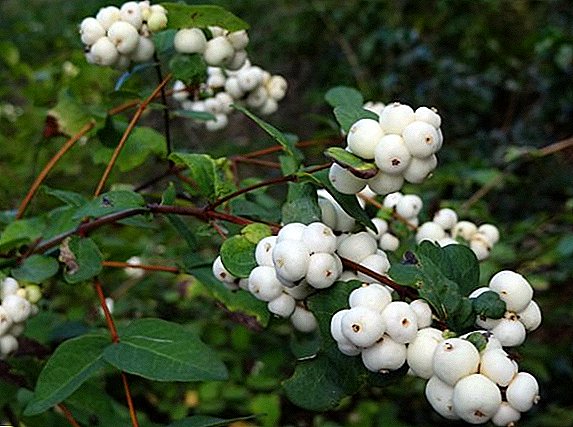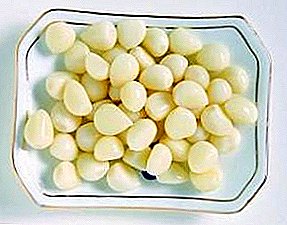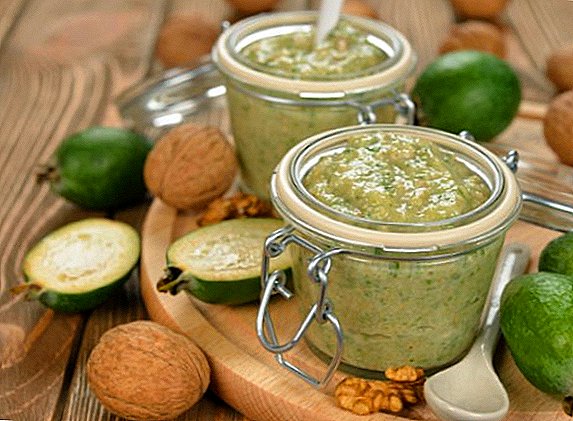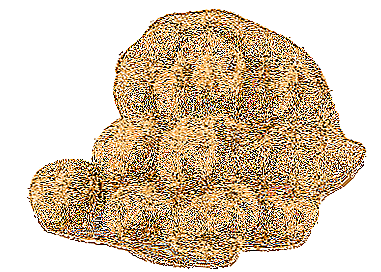 The shrub with bright yellow flowers that resemble a small rose is Japanese kerriya.
The shrub with bright yellow flowers that resemble a small rose is Japanese kerriya.
This ornamental plant gets on well in various conditions. It has both double and simple flowers.
Kerria is home to China and Japan, where it grows in forest and mountainous areas.
Botanical description
Kerria Japanese - one of a kind, and its description is quite simple. Belongs to the class of dicotyledonous plants and to the order of Rosaceae. Kerria is considered deciduous. Shoots can be from 2 to 4 meters in height. They are green.  The flowers have a bright yellow color and reach up to 5 cm in diameter. The leaves of kerriya resemble mint in shape. Bright green in the summer, at the end of the season they acquire a golden hue.
The flowers have a bright yellow color and reach up to 5 cm in diameter. The leaves of kerriya resemble mint in shape. Bright green in the summer, at the end of the season they acquire a golden hue.
After the shrub blossoms, single flowers may still appear.
Did you know? Despite the fact that the Rosaceae family includes a huge number of the most diverse representatives, there is not a single one with blue flowers.
Features planting shrubs in the garden
Japanese kerriya is unpretentious, and caring for her is not a big deal. Landing should be covered from strong winds. The soil is needed with enough clay and sand.
The plant looks great on the background of coniferous trees. Sometimes it is planted surrounded by a spirey. Its shoots, resembling the rays of the sun thanks to flowers, will decorate your garden.
Where is the best place to put kerriyu lighting
For kerria, as for many plants, sunlight is important. It is possible to plant in the shade, but there is a possibility that the shrub will not be so lush and brightly blooming. An excellent option is partial shade. 
Requirements for soil for planting
Japanese kerria, like any other forest plant, loves moisture, requires a soil with good permeability, so planting in loam will be the best option.
The land mix looks like this:
- 3 pieces of sand;
- 1 part of the humus;
- 1 part compost;
- 1 part turf land.
Forcythia, yellow acacia, witch-hazel, some varieties of Japanese spirea, Bubblegrass, Barberry of Thunberg will remarkably decorate with yellow shades.
Landing rules
Kerria is planted in early spring or late autumn. This gives her the opportunity to take root. If the seedling has a closed root system, then the option of planting is possible at any time of the year.
Landing pit preparation
A landing pit for kerria is prepared in advance. Care must be taken to optimize the soil acidity for the plant.
Landing is done at dry weather. Top fertile layer of soil is laid aside. Compost or humus is poured into a pit. Be sure to add mineral fertilizers. Wood ash can be added as a fertilizer. 
Landing pattern
The shrub is planted in a hole with parameters 60 × 60. Depth should not exceed 40-45 cm. Further, kerium is filled with garden fertile soil and watered.
The first two weeks require frequent watering, and then - as the soil dries. Mulching will help protect the plant. The plant will take root much faster if planting is carried out with an earthy ball.
Did you know? This shrub is often called the "Easter rose". But he received his true name thanks to William Kerr, a gardener who was a collector of plants.
Care for deciduous shrubs
The grade of kerriya with the name "Picta" is the most exacting in leaving. It slowly grows and is relatively low, up to 1.5 m in height.
But in general terms, kerriya is easy to care for. Other plants can help. They will create a shadow from the sun's rays or protection from the winds. Kerria is not affected by diseases and is rarely attacked by pests. 
Watering
Although Japanese caria is considered drought tolerant a plant, nevertheless it needs careful watering both in heat and flowering. The most important thing in watering is to keep the moisture from stagnating. She will help her new shoots grow better and not die at high summer temperatures.
In the design of the garden, you can use many ornamental shrubs: hydrangea, moth, mirikariyu, honeysuckle, cotoneaster, deyiyu, astilba, turf.
Features feeding
The mullein fertilizer will serve as an excellent feeding. After all, the shrub, like all forest plants, loves the soil with an abundance of humus. One feeding may be small, and after two weeks you can repeat the procedure. Top-dressing with a mixture of compost and ash will also be quite saturated (150 g per sq. M). Fertilize the plant must begin immediately after spring pruning.
The most important part of care: pruning
Since japanese carrion is growing rapidly, its pruning done frequently. In March, it is necessary to cut frozen and broken branches. After the plant has faded, you need to cut off the old shoots and make fertilizing with mineral fertilizers. Trimming can be done in mid-July. Thus, in the fall the bush will bloom even more magnificently. To preserve the decorative appearance, all high branches are shortened to the same length, and the young branches are not touched.
Important! The shrub needs regular thinning.
A little bit about breeding Japanese Kerry
The easiest breeding method for kerria is bush dividing. Flexible shoots must be tilted as low as possible to the ground so that horizontal (aerial) cuttings are obtained.
To do this, prepare a groove with a depth of up to 7 cm and fix the escape. In a month, when the leaves start to appear, it is necessary to fill the groove with fertile soil. Leave on the surface you need only the end of the escape. In the fall of the roots will appear. A separate cuttings need to spring.
The variant is also possible with the separation of the escape and growing it in a special place. Shrub tolerates transplanting with the ground. And it is best to do this in the fall before the first cold weather. Cutting, respectively, recommended in the summer. 
Wintering plants
If kerriya is planted in a good place, then low temperatures are practically not afraid of it. In other cases, in the first frost, the shrub needs to be bent to the ground, before you put something in there, for example, foam plastic. In this case, the branches will not be exposed to moisture. Then, securing them, cover with spruce branches or lutrasil.
In this case, pay attention to the density of the coating material. After all, the higher it is, the better it will keep the plant itself warm. After hibernation, the shelter is removed, but in several stages, so as not to damage the new shoots. If the shelter is done in dry weather, then it should be removed after the last severe frosts.
Important! The whole structure must be easily ventilated, otherwise the plant will not survive.
Thus, Japanese keryriya can easily decorate your garden. After all, it begins to bloom before the rest of the bushes and trees and pleases the eye even in the fall. Due to its easy cutting, reproduction will not cause much trouble, and diseases that do not concern her almost will not make you worry.
The main condition for good growth remains watering and pruning, because without it, it will lose its so bright appearance.


